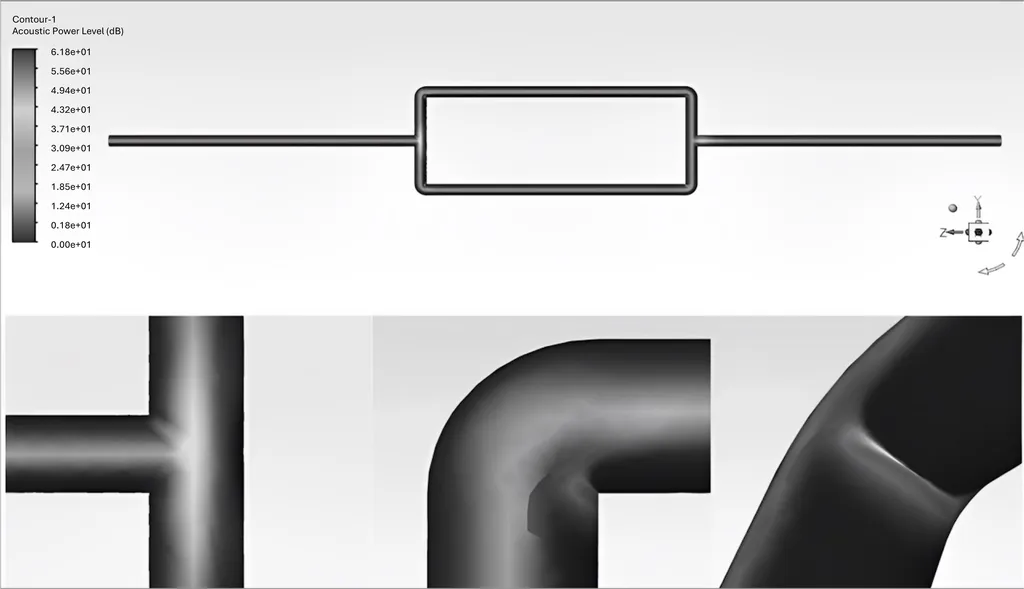In the vast network of pipelines that crisscross our landscapes, both on land and beneath the seas, a silent threat lurks: hydrate-induced blockages. These ice-like formations can disrupt energy infrastructure, causing costly downtime and posing significant safety risks. But a groundbreaking study led by Haiyuan Yao from the National Key Laboratory of Marine Natural Gas Hydrate and the China National Offshore Oil Corporation Research Institute Ltd. in Beijing, China, offers a promising solution to this persistent problem.
The research, published in the journal *Developments in the Built Environment* (translated from its original title, *建筑环境发展*), introduces an innovative acoustic-based structural health monitoring system. This system leverages linear frequency modulated (LFM) signals and adaptive matched filtering to detect pipeline blockages with remarkable precision. “Our method achieves millimeter-level positioning accuracy, with an error rate of less than 1% across a wide range of blockage intensities,” Yao explains. “This represents a 40% improvement over conventional methods, a significant leap forward in our ability to monitor and maintain pipeline integrity.”
The system’s ability to resolve multi-stage blockage boundaries is particularly noteworthy. This capability enhances predictive maintenance strategies, ensuring energy-efficient operations and infrastructure integrity management. By enabling real-time identification of incipient hydrate formation phases through acoustic signature analysis, the methodology supports sustainable infrastructure management through timely remedial interventions.
The implications for the energy sector are substantial. Pipelines are the arteries of the global energy system, transporting oil, gas, and other vital resources over vast distances. Blockages can lead to substantial financial losses and environmental risks. The new system promises to mitigate these risks, enhancing the resilience of built environment systems. “This technology can be applied to intelligent building service pipelines, regional energy distribution networks, and even deep-sea energy infrastructure,” Yao notes. “It has the potential to revolutionize how we monitor and maintain these critical assets.”
The study’s findings are a testament to the power of innovative technology in addressing longstanding challenges. By integrating advanced signal processing techniques with acoustic monitoring, the research team has developed a tool that could significantly improve the reliability and safety of energy infrastructure. As the world continues to demand more efficient and sustainable energy solutions, such advancements are crucial.
The research not only highlights the importance of early detection but also underscores the need for continuous innovation in the field of structural health monitoring. As Haiyuan Yao and his team continue to refine their methodology, the energy sector stands to benefit from more robust and reliable pipeline management systems. The future of energy infrastructure looks brighter, thanks to these groundbreaking advancements.

